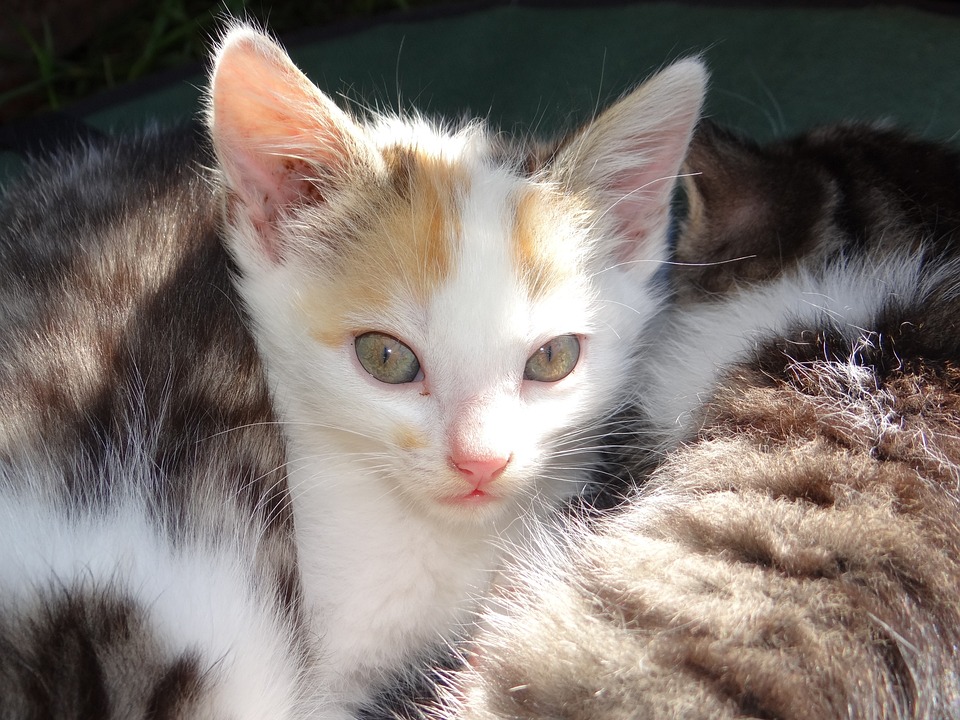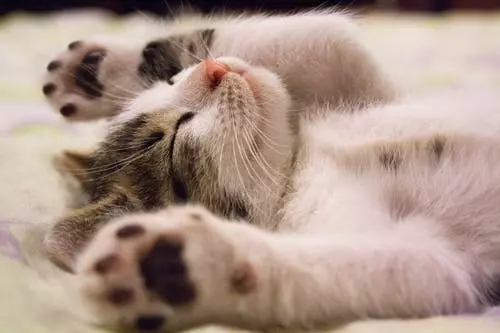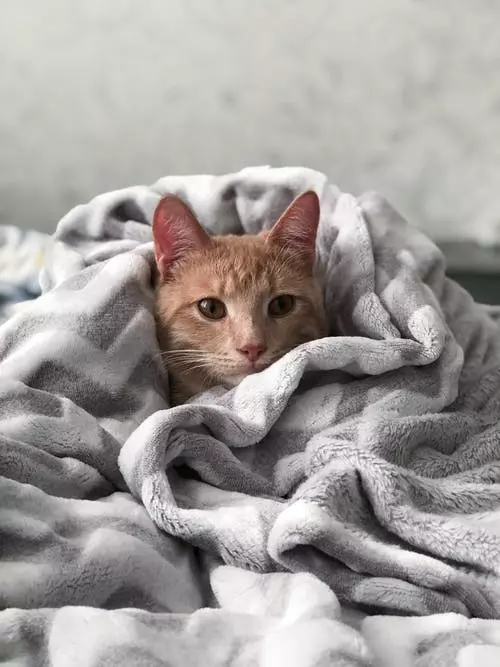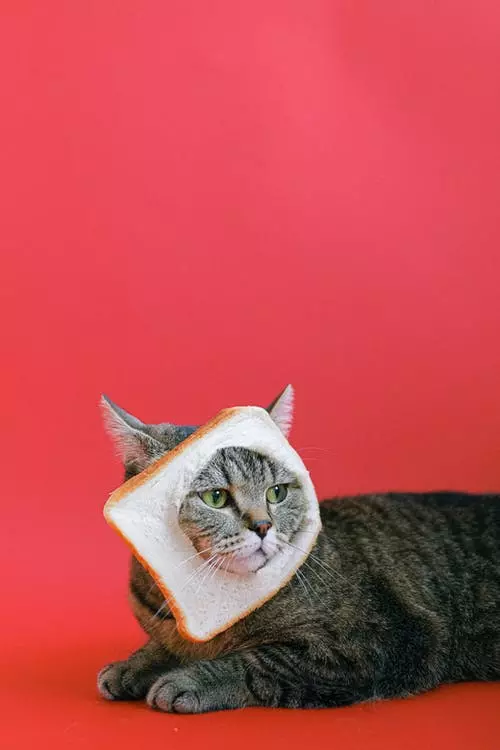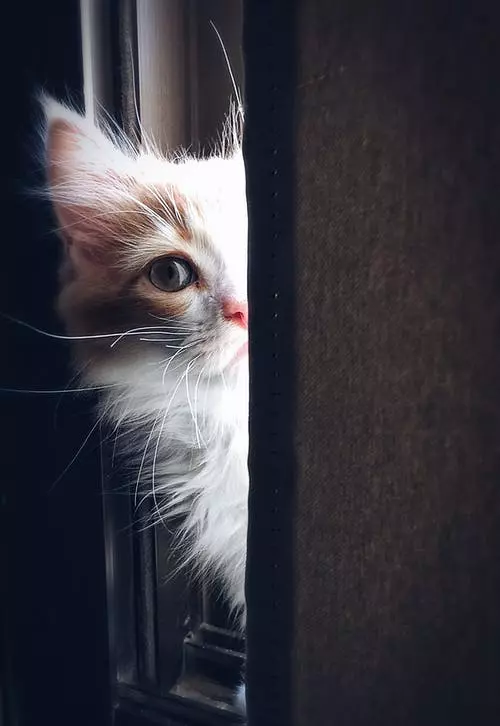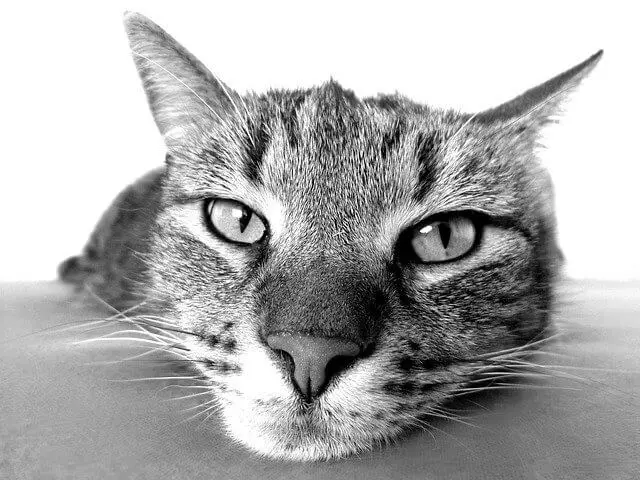Creating a Peaceful and Stress-Free Feeding Environment for Cats
Feeding time is an essential part of a cat’s daily routine, and it should be a calm and stress-free experience for both you and your feline friend. Cats are sensitive creatures, and any disruptions during mealtime can lead to anxiety and behavioral issues. To ensure a peaceful feeding environment, here are some helpful tips and tricks.
1. Choose the Right Location
– Select a quiet area: Cats are easily distracted, so find a calm and secluded spot for their feeding station. Avoid high-traffic areas or places with loud noises.
– Separate the litter box: Cats are naturally clean animals and prefer to have their feeding area separate from their litter box. Keeping these areas apart will help maintain a peaceful environment.
2. Provide a Consistent Feeding Schedule
– Stick to a routine: Cats are creatures of habit, and establishing a consistent feeding schedule reduces stress. Try to feed your cat at the same time each day, providing a sense of security and predictability.
– Avoid sudden changes: If you need to adjust your cat’s feeding schedule, do it gradually over a week or so to prevent any sudden disruptions that may cause stress.
3. Use Appropriate Feeding Equipment
– Choose suitable bowls: Opt for shallow, wide bowls that won’t obstruct your cat’s whiskers. Some cats may prefer ceramic or stainless-steel bowls over plastic ones, as they are easier to clean and less likely to harbor bacteria.
– Elevated feeding stations: Some cats may benefit from elevated feeding stations, especially those with arthritis or joint issues. These stations can improve digestion and reduce the risk of regurgitation.
4. Keep Mealtime Calm
– Minimize distractions: During mealtime, ensure a peaceful environment by turning off the TV or radio and keeping other pets away. This allows your cat to focus solely on eating without any disturbances.
– Create a soothing atmosphere: Soft background music or white noise can help create a calm ambiance during feeding time, promoting relaxation for your feline companion.
5. Address Feeding Anxiety and Behavioral Issues
– Slowly introduce new foods: Cats can be finicky eaters, so introduce new foods gradually. Abrupt changes in diet can cause stress and digestive issues. Mix new food with their regular diet in increasing proportions until they fully transition.
– Treat feeding-related anxiety: If your cat displays signs of anxiety or aggression during mealtime, consider using puzzle feeders or food-dispensing toys. These can stimulate their natural hunting instincts and provide mental stimulation, diverting their focus from stress.
FAQs
Q1. Should I leave food out all day for my cat?
Leaving food out all day, also known as free-feeding, may lead to obesity or overeating. It’s best to establish a feeding schedule with measured portions, especially for cats prone to weight gain.
Q2. How can I encourage my finicky cat to eat?
If your cat is a picky eater, try warming their food slightly to enhance its aroma. You can also provide a variety of flavors and textures to find what entices them. If concerns persist, consult your veterinarian.
Q3. Can I feed my cat a vegetarian or vegan diet?
Cats are obligate carnivores, meaning they require nutrients found only in animal tissues. Feeding them a vegetarian or vegan diet can lead to severe health issues. Always choose a nutritionally balanced diet specifically formulated for cats.
Q4. What should I do if my cat refuses to eat?
A sudden loss of appetite can be a sign of an underlying health problem. Monitor your cat closely and consult a veterinarian if the refusal to eat persists for more than 24 hours.
Remember, a peaceful feeding environment is crucial for your cat’s overall well-being. By following these tips, you can ensure mealtime is stress-free and enjoyable for both you and your feline companion.

